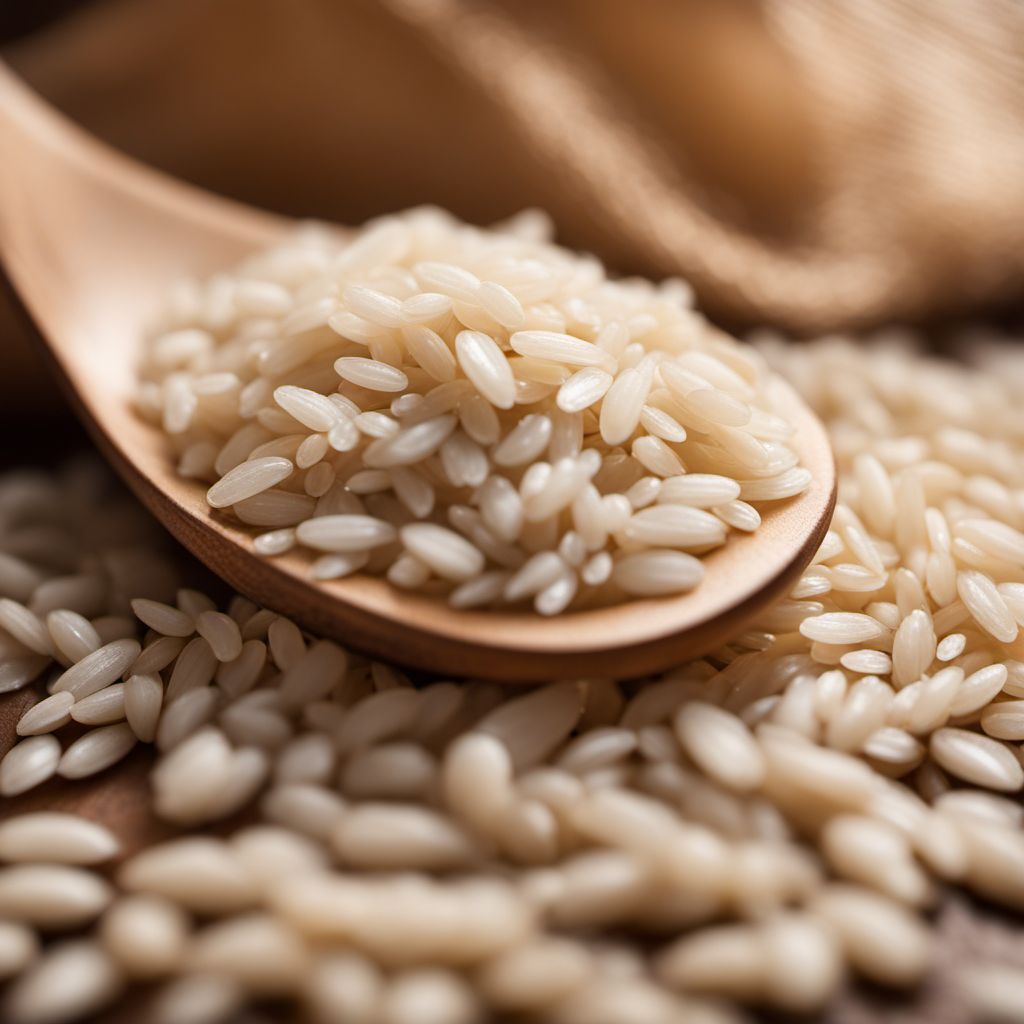
Ingredient
Rice grain, brown
The Nutrient-Packed Grain: Brown Rice
Brown rice is a whole grain that retains the bran and germ layers, making it more nutritious compared to white rice. It has a nutty flavor and a slightly chewy texture, adding depth to various recipes. The grains are medium to long in length and have a light brown color with specks of bran.
Origins and history
Brown rice has been cultivated for thousands of years, with its origins traced back to ancient civilizations in Asia, particularly in China and India. It has been a staple in many Asian cuisines and has gained popularity worldwide due to its nutritional benefits. Brown rice is considered a healthier alternative to white rice, as it contains more fiber, vitamins, and minerals.
Nutritional information
Brown rice is a good source of dietary fiber, providing approximately 3.5 grams per cooked cup. It also contains essential minerals such as manganese, magnesium, and selenium. Additionally, it offers a moderate amount of protein and is naturally gluten-free.
How to select
When selecting brown rice, look for packages that are tightly sealed and free from moisture or signs of insect infestation. Opt for organic or non-GMO varieties for a higher quality product. Check the expiration date to ensure freshness.
Storage recommendations
To maintain the freshness of brown rice, store it in an airtight container in a cool, dry place, away from direct sunlight. Refrigeration or freezing can extend its shelf life, especially in warmer climates. However, bring it to room temperature before cooking to ensure even cooking.
How to produce
Brown rice can be produced by removing the outer husk of the rice grain and retaining the bran and germ layers. It can be grown in paddy fields or cultivated in upland areas. With proper irrigation and soil conditions, brown rice can be grown in both tropical and temperate regions.
Preparation tips
Brown rice can be prepared by boiling it in water or broth until tender. The ratio of water to rice is typically 2:1, but it may vary depending on the desired texture. Brown rice can also be cooked in a rice cooker or pressure cooker for convenience. It can be used as a base for stir-fries, pilafs, salads, or stuffed vegetables. Additionally, brown rice flour can be used in baking as a gluten-free alternative.
Substitutions
White rice, quinoa, or bulgur can be used as substitutes for brown rice in recipes. However, keep in mind that the flavor, texture, and cooking time may differ.
Culinary uses
Brown rice is commonly used in Asian cuisines, such as Chinese, Indian, and Thai. It is often served as a side dish with curries, stir-fries, or grilled meats. Brown rice can also be used in pilafs, salads, or stuffed vegetables for a wholesome and nutritious meal.
Availability
Brown rice is cultivated and consumed in various regions around the world, including Asia, North America, and South America. It is particularly popular in countries like China, India, Japan, the United States, and Brazil.
More ingredients from this category
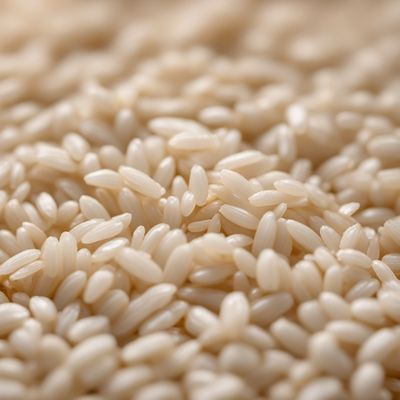
Rice grain, parboiled
The Golden Grain: Unlocking the Secrets of Parboiled Rice
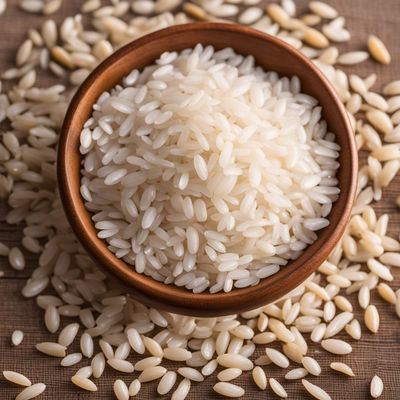
Rice grain, mixed
The Versatile Grain
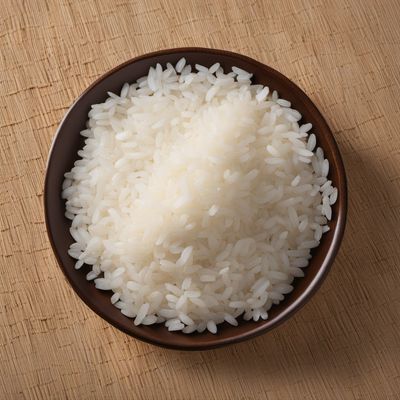
Rice grain, glutinous
The Sticky Wonder: Unveiling the Versatility of Glutinous Rice
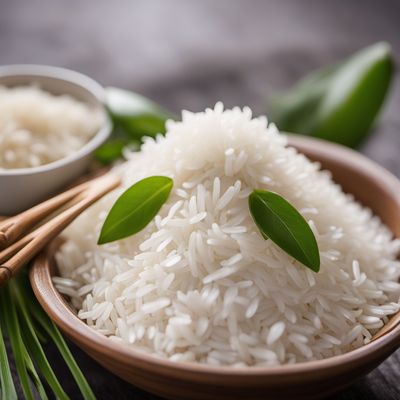
Rice grain, long-grain
The Elegance of Long-Grain Rice

Rice grain, polished
The Shining Jewel of Grains

Rice grain, red
The Vibrant and Nutritious Red Rice Grain
Recipes using Rice grain, brown
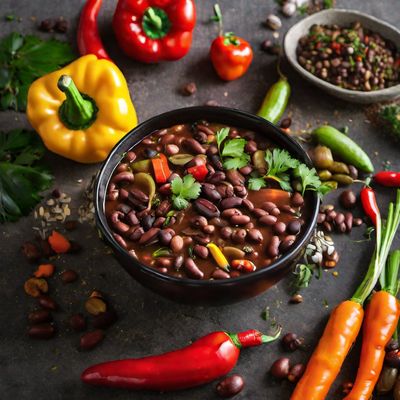
Vegan Feijoada
Plant-Based Twist on a Brazilian Classic: Vegan Feijoada
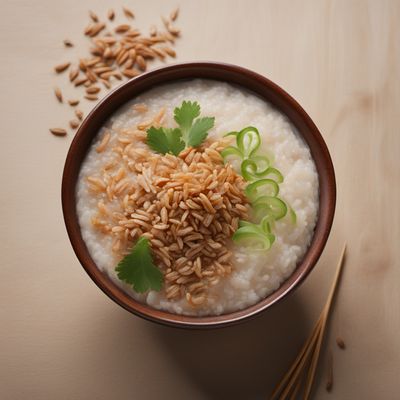
Korean Ginseng Rice Porridge
Soul-Warming Ginseng Rice Porridge: A Korean Delight

Kiritanpo: Grilled Rice Skewers with a Twist
Savory Delights on a Stick: Kiritanpo Rice Skewers

Indonesian Spicy Fried Rice
Fiery Flavors of the Indonesian Spicy Fried Rice